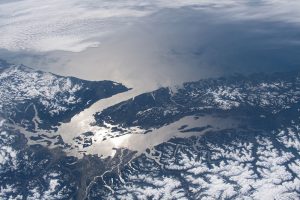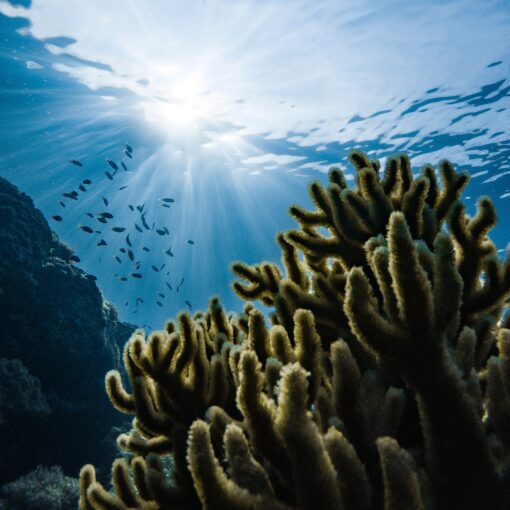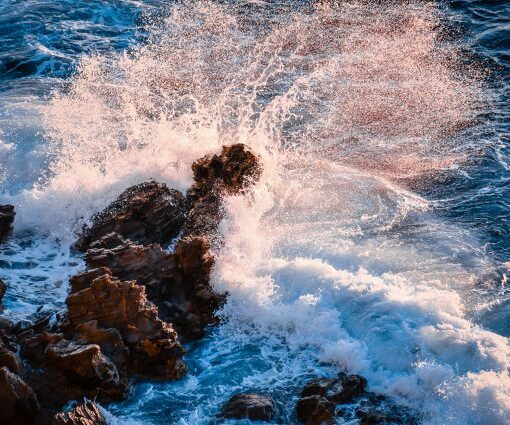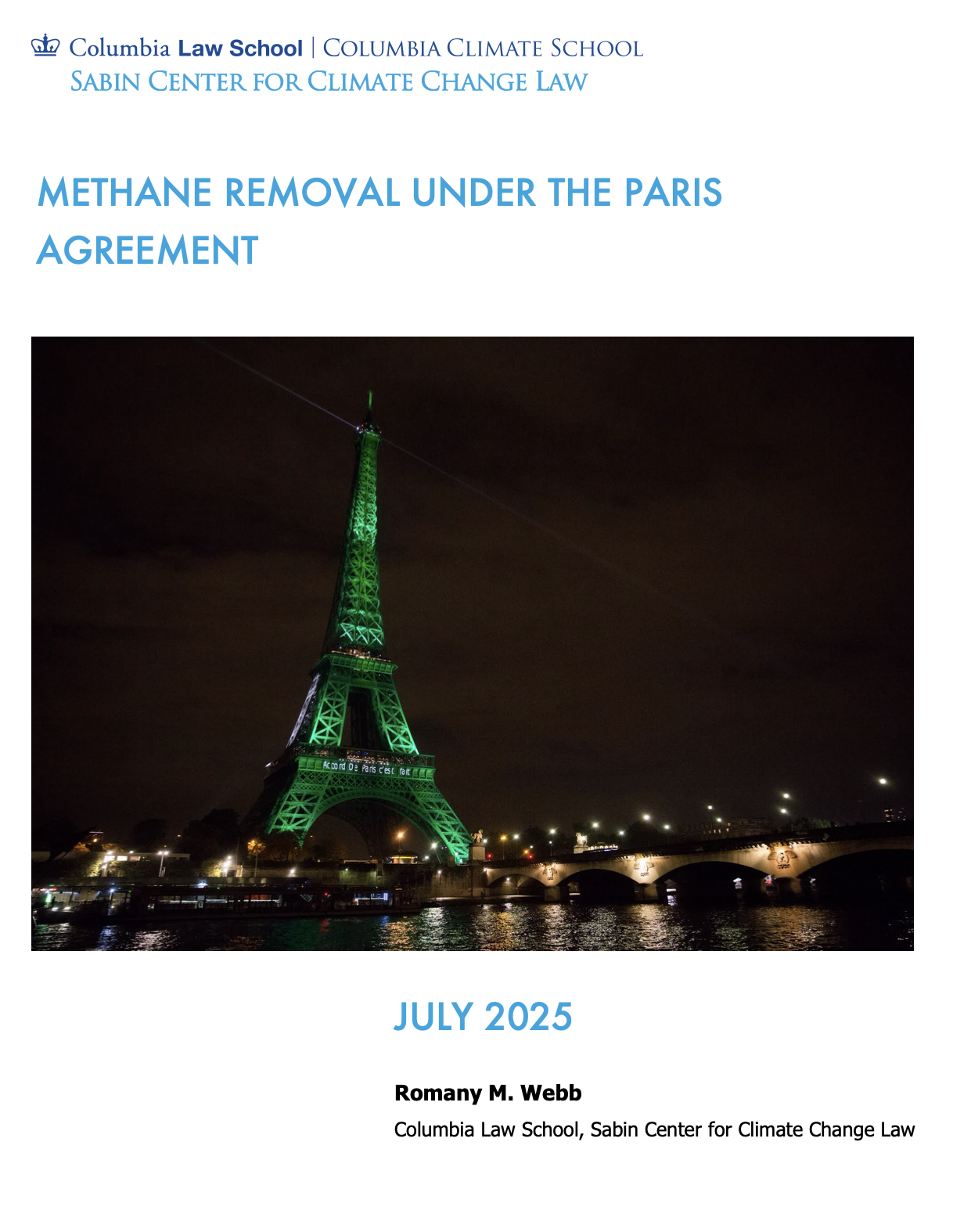In October 2019, the Sabin Center joined an international research project, assessing the feasibility of offshore carbon capture and storage. Known as Solid Carbon, the project is led by researchers at Ocean Networks Canada, a University of Victoria initiative, and supported by the Pacific Institute for Climate Solutions under its Theme Partnership Program. The goal is to develop an integrated system to remove carbon dioxide from the air and permanently store it in sub-seabed geologic formations off the west coast of Canada. It is a novel concept that raises novel legal questions. Those questions are explored in a new Sabin Center white paper published online today.

The Solid Carbon system envisions using direct air capture technology, mounted on an offshore platform and powered by offshore wind turbines, to remove carbon dioxide directly from the air. The carbon dioxide would then be injected into sub-seabed basalt rock formations, where it may rapidly mineralize, becoming solid carbonate rock. Current research is focusing on injection into basalts in the Cascadia Basin, which straddles the U.S. / Canada border, approximately 100 miles (160 kilometers) off the west coast. However, because sub-seabed basalts can be found globally, learnings from the project have broader application.
Our paper – The Legal Framework for Offshore Carbon Capture and Storage in Canada – examines legal issues associated with deploying the Solid Carbon system in the Canadian portion of the Cascadia Basin. As we explain, there is no single, comprehensive legal framework for carbon capture and storage in Canadian waters. Each component of the Solid Carbon system will, therefore, be regulated separately. Multiple, overlapping regulatory frameworks could apply. Several of those frameworks are relatively new and untested, leading to significant uncertainty as to how they will apply. As such, developers should engage with regulatory agencies early in the project design process and, where possible, participate in relevant agency consultations and regulatory proceedings.
Related work: Previous Sabin Center white papers have discussed the legal framework for sub-seabed carbon storage off the east and west coasts of the U.S. The Sabin Center is also preparing a series of white papers examining legal issues associated with other ocean-based carbon removal and storage techniques. The first of these – Removing Carbon Dioxide Through Ocean Alkalinity Enhancement and Seaweed Cultivation: Legal Challenges and Opportunities – was published online last week. For more information about the Sabin Center’s work on carbon removal and storage visit our website here.
This is test biographical description.




